
Everyday essentials in the 1960s felt shockingly affordable. Spare change covered meals, fuel lasted longer, eggs were cheap, and homeownership felt realistic. While some luxuries were pricey, most costs stayed reasonable. Ready to feel like you time-traveled with just a receipt? Let’s jump back and see what your wallet could do in the ’60s.
Postage Stamps

In early 1963, sending a first-class letter cost just 4 cents, but the rate soon increased to 5 cents. The Post Office Department handled nearly 36 billion pieces of mail that year. Long-distance communication relied on handwritten letters, and stamps were inexpensive enough for frequent mailing without financial strain.
Movie Tickets

A night at the movies in the 1960s was a small expense with a big reward. For just 69 cents, audiences enjoyed Hollywood’s finest on the silver screen. Double features and newsreels made every ticket worthwhile. In the modern era, premium seats and rising costs have made this once-effortless pastime a luxury.
Air Travel

Airfare in the 1960s cost far less than today’s premium rates, though still considered a luxury. A coast-to-coast flight often exceeded $200, but at least passengers enjoyed spacious seating and full-service meals. Airports moved at a calmer pace back then, with fewer fees and restrictions.
New Homes

$12,700 bought an entire house—not just a kitchen update! Suburbs flourished as buyers stepped into the market without drowning in debt. While modern prices often block first-time buyers, earlier generations found real opportunities. That sense of financial freedom made homeownership feel truly attainable.
Milk

Back then, a gallon of milk cost only 49 cents and was a daily staple in nearly every home. Delivered fresh to doorsteps or sold by the smiling grocer down the street, breakfast tables weren’t complete without that tall, sweating glass. Today’s shelves offer dozens of variants at triple the cost.
Luxury Cars

Some of the world’s most iconic cars hit the streets in the 1960s, with price tags that seem unbelievable today. The Jaguar E-Type, sold at $5,595, was breathtaking but still within reach for a select few. Fast-forward to now, and vintage models fetch staggering sums, reminding us that times have truly changed.
Color Televisions

At over $400, color TVs didn’t come cheap. Yet upper-middle-class families saw value in every dollar spent. And though the screens were curved, bulky, and sometimes temperamental, the arrival of color marked a cultural turning point in making entertainment immersive.
College Tuition
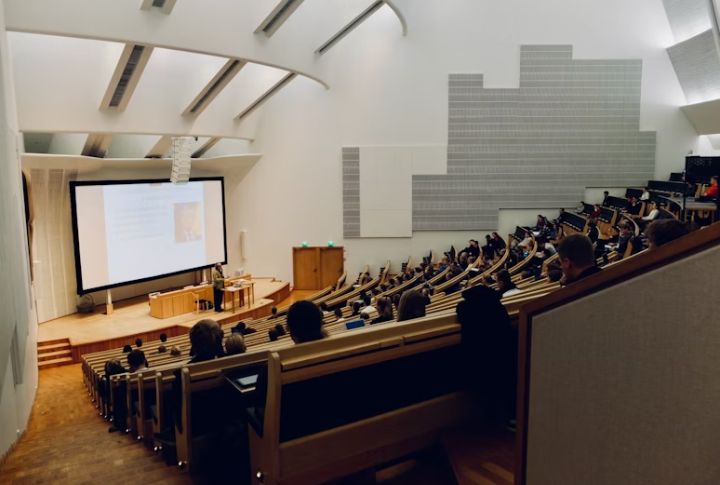
In 1960, a year of tuition at the University of Pennsylvania cost $1,250 to $1,450—a price that feels almost imaginary today. Many state universities charged no tuition at all until financial pressures reshaped higher education. College was a gateway to opportunity, free from the crushing debt that defines it now.
Designer Fashion
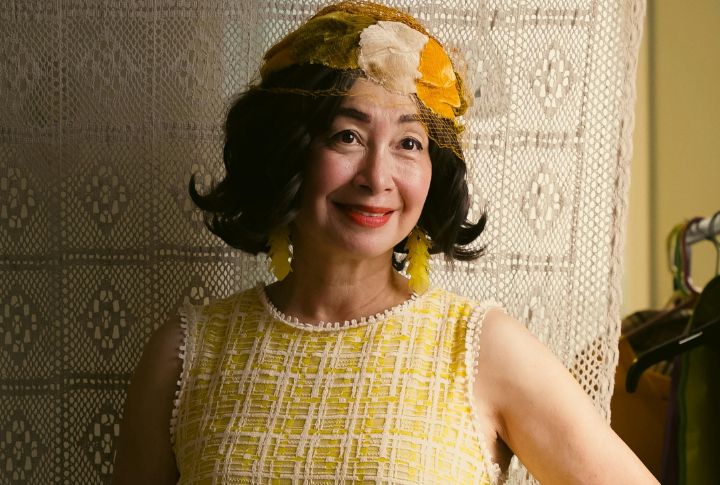
The 1960s placed a premium on designer fashion. Dresses sold for around $10, while fine suits pushed $100. Leading brands shaped every trend. But more than appearance, these clothes acted as markers of wealth by positioning wearers inside the exclusive world of status and influence.
Comic Books

There was a time when each superhero comic sold for 12 cents and sat ready at corner stores. That’s right, 12 cents was all you needed to join Batman on a rooftop chase or tag along as the X-Men battled Magneto. And no one guessed those colorful stories would someday spark billion-dollar films and fill entire convention centers.
Sporting Events

Game day in the 60s meant showing up with a few bucks in your pocket and leaving with memories that stuck. Whether you sat close or high up in the stands, the excitement felt the same. Wonder how much it cost? World Series tickets went for about $8.
Personal Computer
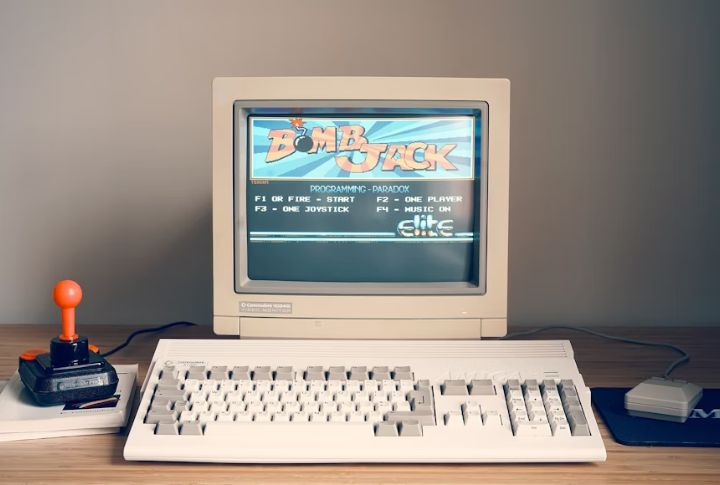
A personal computer in the 1960s? Out of reach for almost everyone. The IBM 1620 came with a $100,000 price tag and lived mostly in labs and offices. Home computing was an idea waiting to be realized, but technology had to evolve before the dream became practical.
Household Appliances
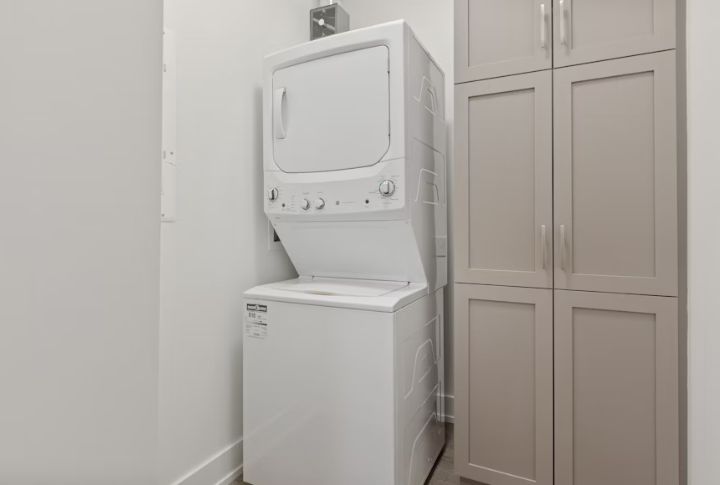
A refrigerator demanded nearly $300, and adding a washing machine meant spending another $200, so families often postponed these upgrades until savings allowed. When they did make the leap, the impact was immediate. Ice deliveries became a thing of the past, and laundry no longer meant hours of scrubbing by hand.
Air Conditioning
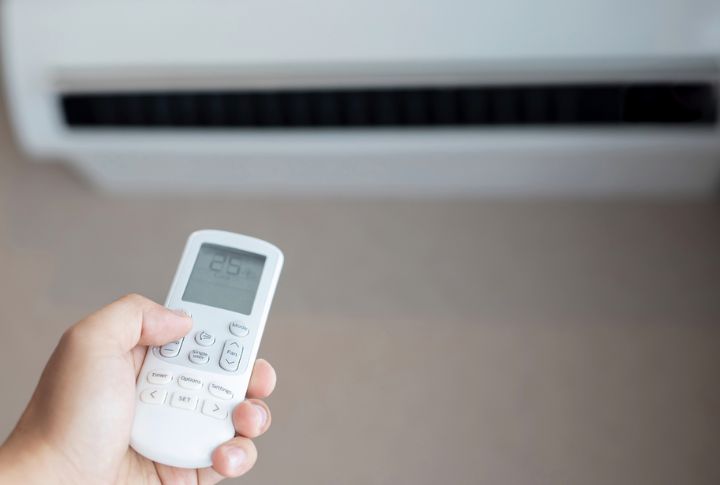
A $200 window unit wasn’t pocket change in the 1960s, and a $400 model felt downright extravagant. Air conditioning remained a luxury rather than a household standard, and many families simply went without. Over time, technology did bring prices down.
Fast Food
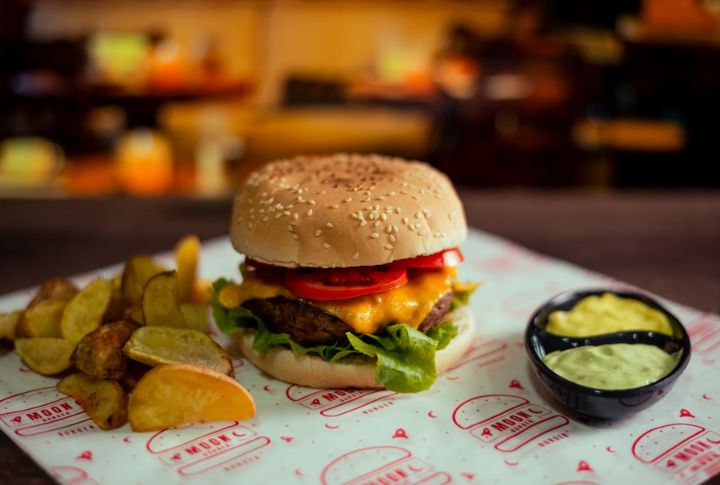
A hamburger for 18 cents? That was real in the 1960s. Chains such as McDonald’s expanded quickly and made dining out a regular and affordable option for families. That amount no longer buys much, but once, it brought people together over a quick, familiar meal.
Gasoline
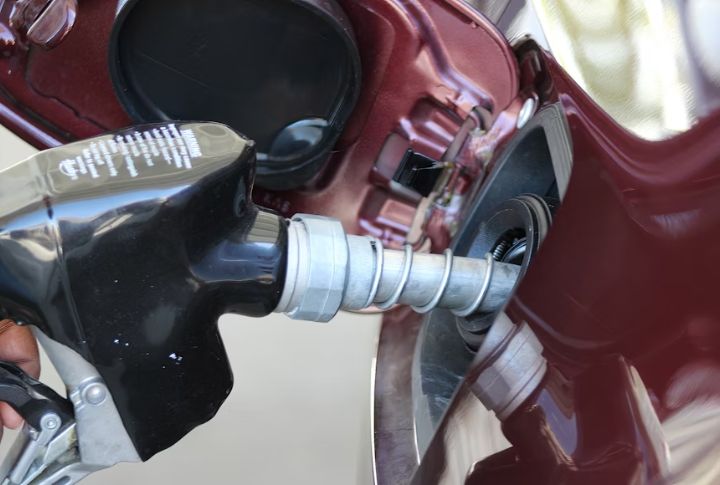
A mere 31 cents per gallon fueled adventures across the open road. Convertibles sped along highways, and families packed up for weekend getaways without financial worry. Gas prices now make every mile feel costly, yet in the 1960s, motorists enjoyed a freedom that’s hard to imagine today.
Fine Dining
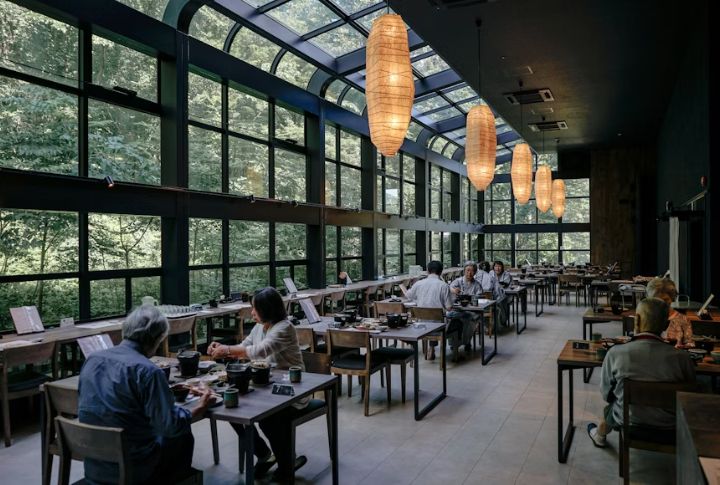
Dining at upscale restaurants in the 1960s was a privilege, not a routine indulgence. By the 1960s, lobster had clawed its way from being considered cheap food for prisoners to the top of the menu. A lobster dinner usually ran between $5 and $10, which was no small splurge at that time.
Vinyl Records

Although the price hovered between $2 and $4, a new record in the 60s felt like a serious buy. Adjusted for inflation, it mirrored what you’d now pay for a deluxe reissue. People didn’t collect casually—they built libraries one album at a time, often saving up just to take one home.
Coffee
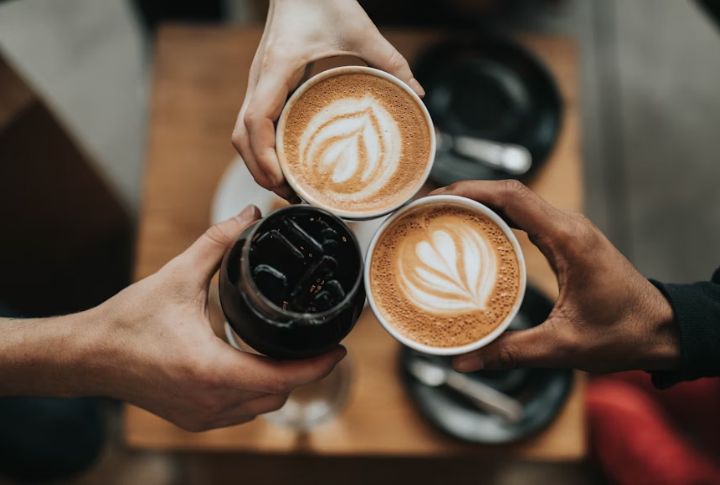
Coffee was only 10 cents. Diners stayed full all day as workers dropped by for quick cups before shifts or during breaks. Refills came without question, and no one thought twice about the price. That kind of affordability and effortless tradition has been replaced by premium blends and additives.
Healthcare
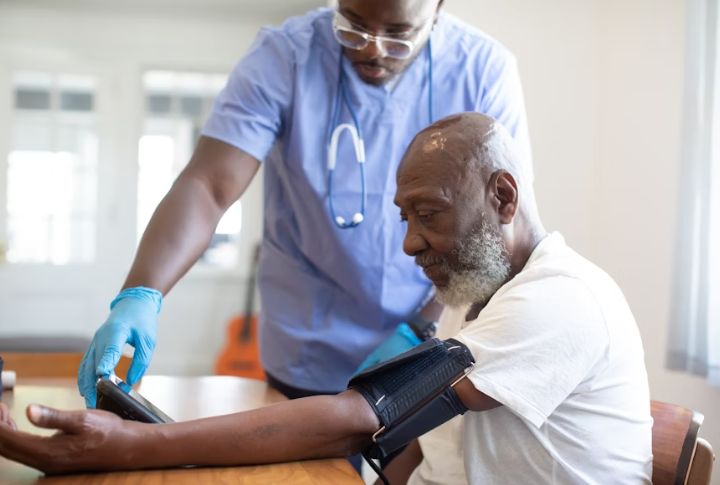
Medical care in the 1960s came at a cost, but it didn’t sink families. The average American spent $147 a year. Medicare and Medicaid, both introduced in 1965, supported seniors and vulnerable groups. So, while costs rose, most families still managed to stay afloat. Today’s healthcare crisis leaves many drowning in massive debt.
